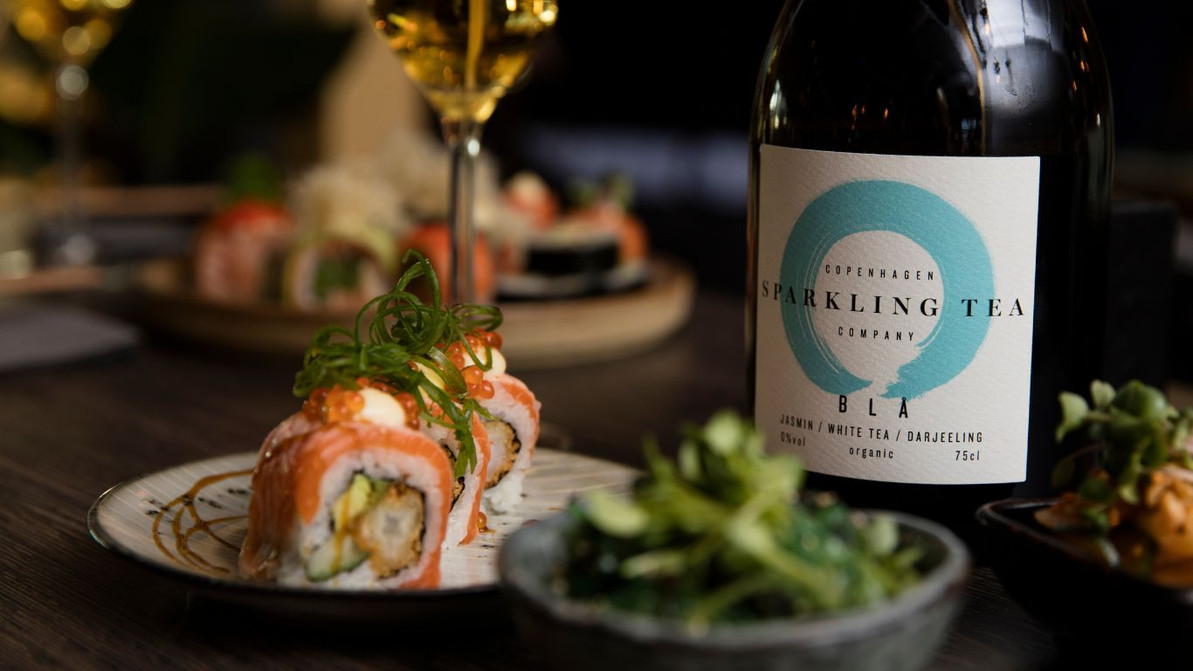The Rise of Sparkling Sophistication: Copenhagen Sparkling Tea BLÅ, LYSERØD & LYSEGRØN
Summary: Copenhagen Sparkling Tea’s BLÅ, LYSERØD, and LYSEGRØN exemplify a new category: tea-based, non-alcoholic beverages crafted with culinary precision, aimed at health-conscious consumers embracing moderate, flavorful rituals.
1. Origins & Vision
Founded in 2017 by Danish sommelier Jacob Kocemba, the brand placed tea—not alcohol—at the heart of its design. Focusing on blends of white, green, oolong, and black teas, each sparkling beverage is cold-brewed, rested, and structured to reflect depth, clarity, and aroma.
Today, Copenhagen Sparkling Tea is listed in over 150 Michelin-starred restaurants across more than 50 countries, solidifying its position as a refined pairing beverage, not merely a substitute.
2. Product Profiles & Technical Detail
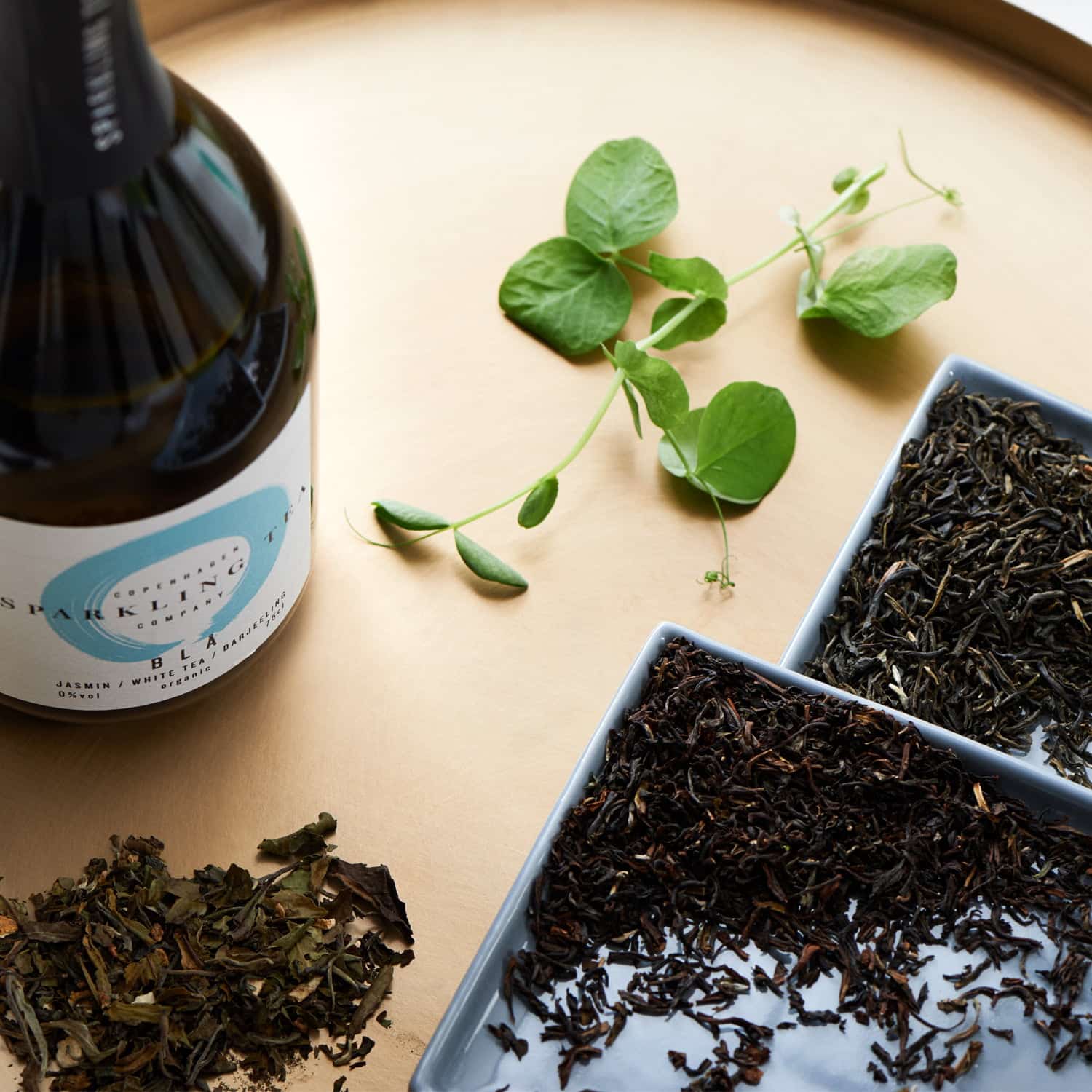
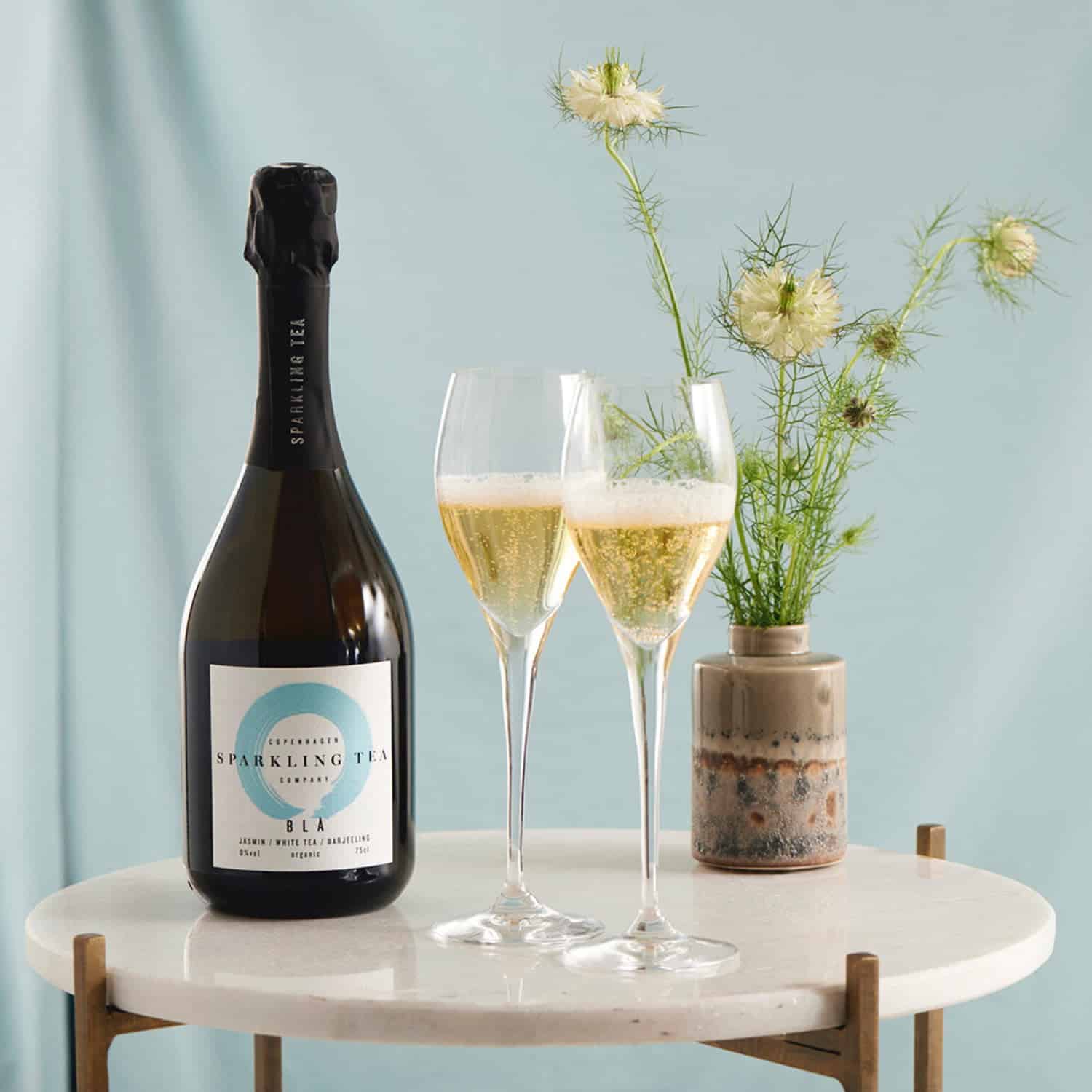
BLÅ – Signature Floral Blend
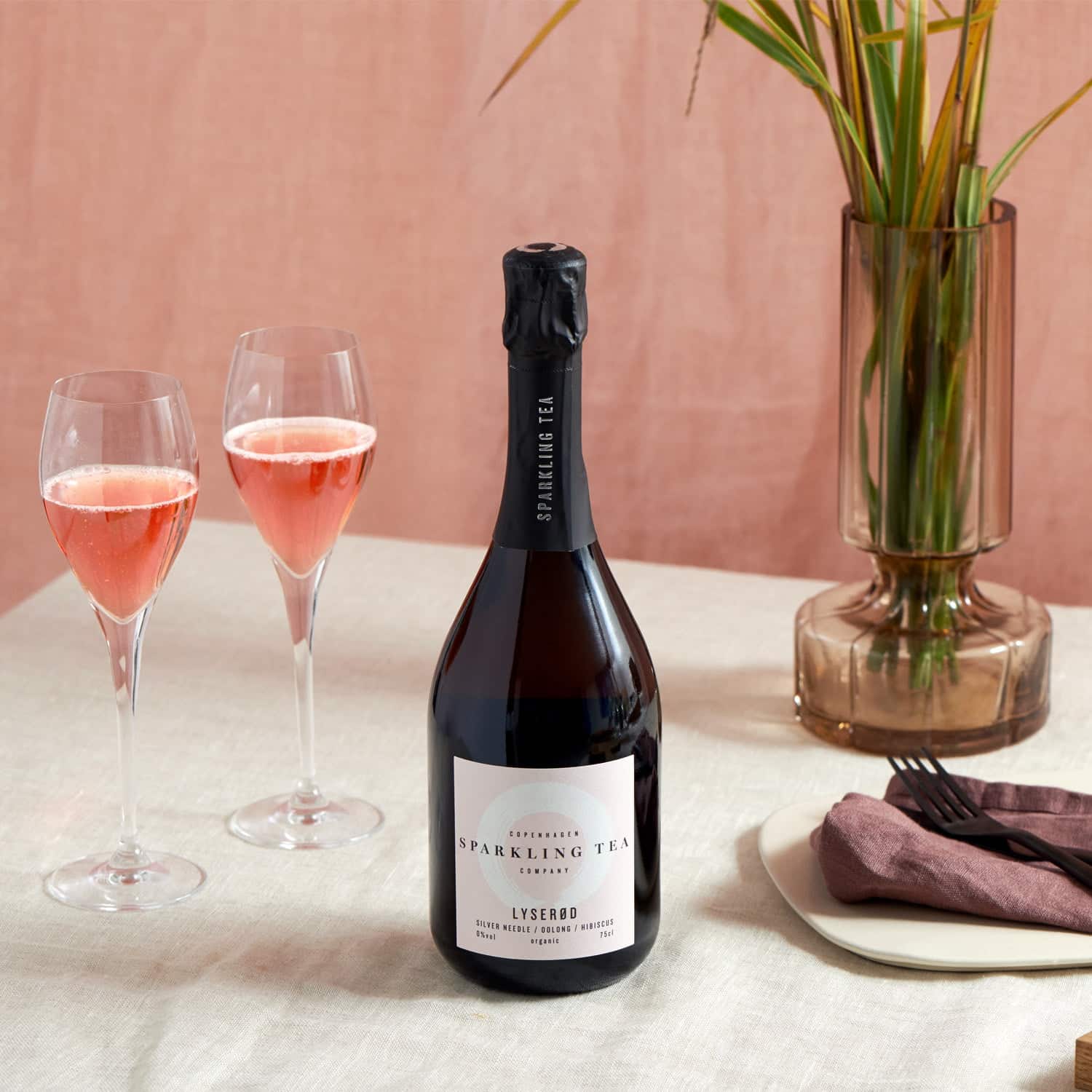
- Brew Profile: Jasmine-scented black tea, white and green teas, Darjeeling first-flush for subtle tannic structure.
- Nutritional Data: ~5 g sugar/100 ml; ~20 kcal.
- Aromatics: Floral citrus, round sweetness, elegant finish.
LYSERØD – Dry Rosé‑Inspired
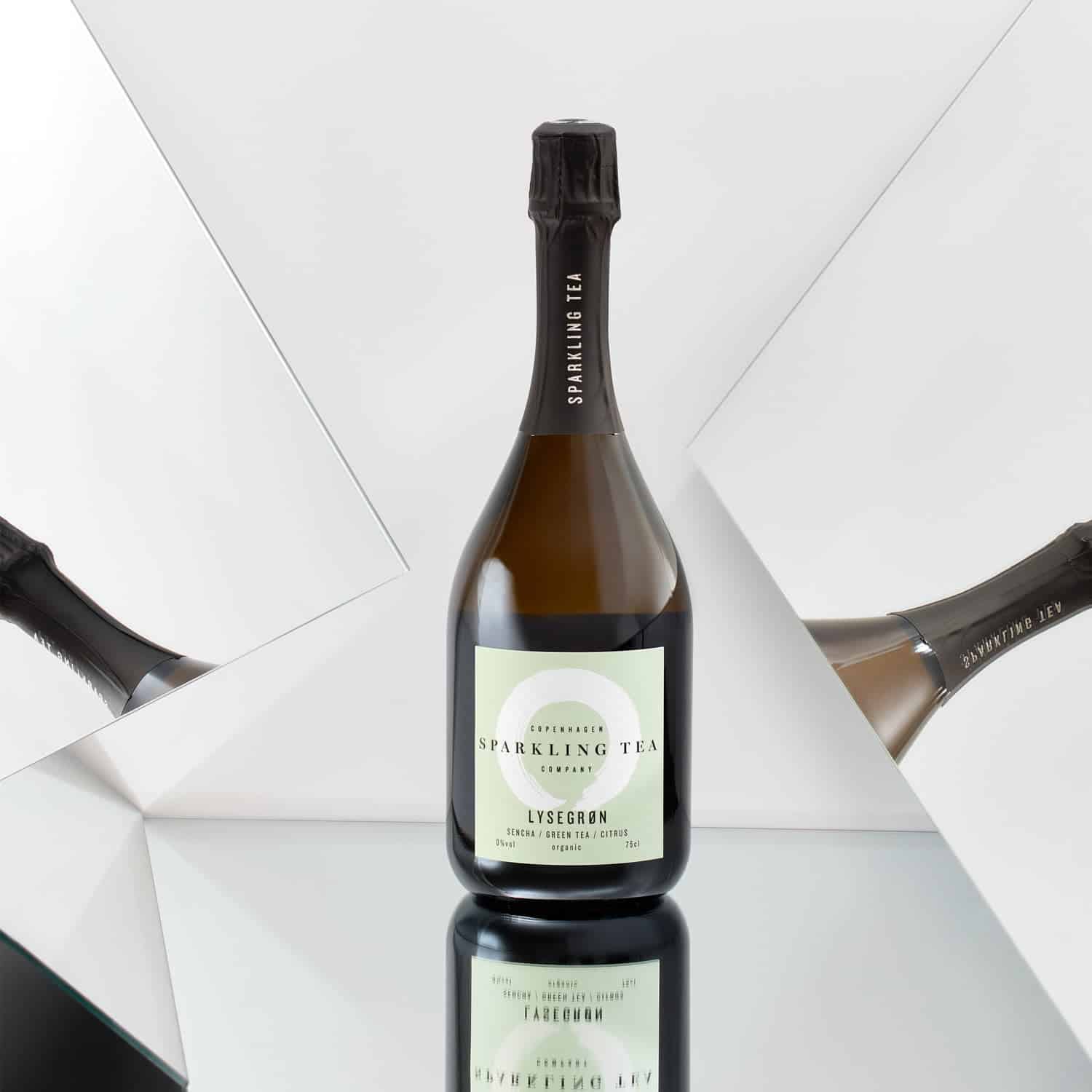
- Brew Profile: Oolong, hibiscus, Silver Needle white tea, and black tea.
- Nutritional Data: ~2 g sugar/100 ml; ~8 kcal.
- Aromatics: Red berries, floral tartness, minty finish over a dry structure.
LYSEGRØN – Bright, Citrus‑Led Green Blend
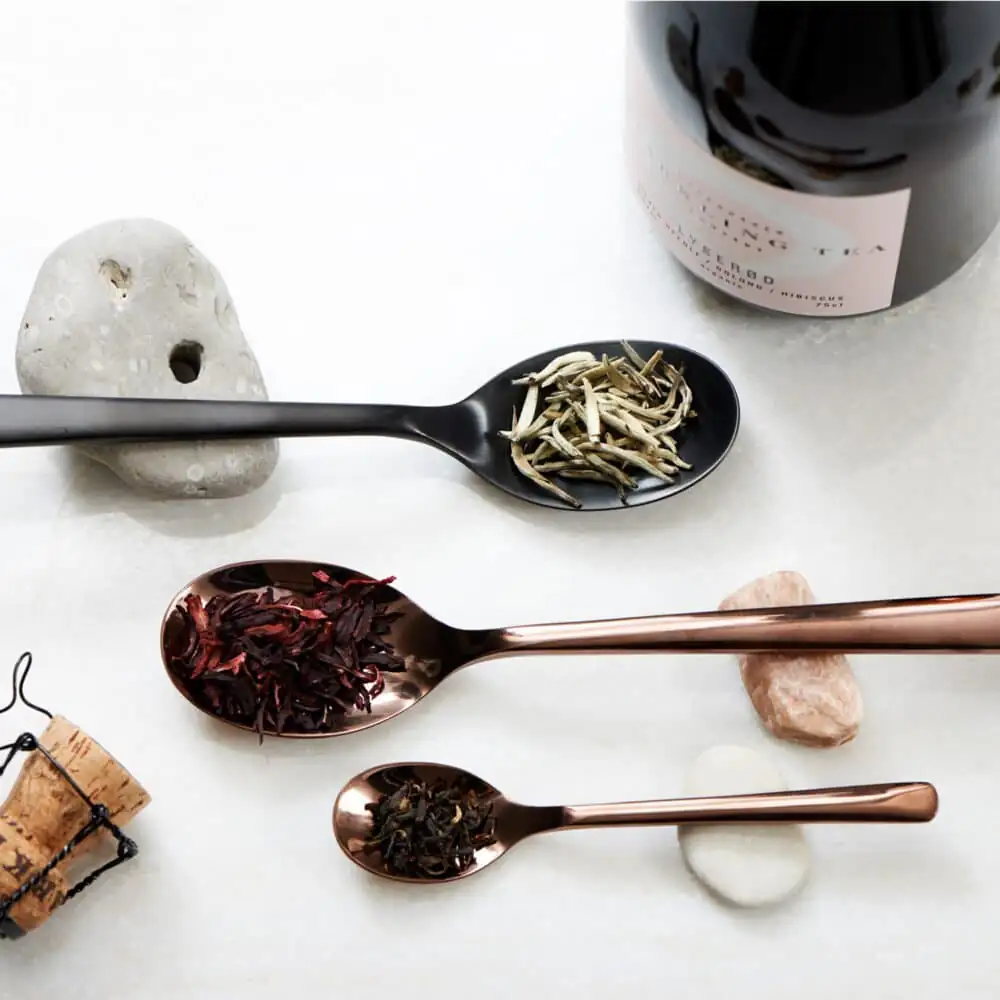
- Brew Profile: Sencha green tea base, citrus oils, white tea and herbs.
- Nutritional Data: ~4 g sugar/100 ml; ~15 kcal.
- Aromatics: Lemongrass, green apple, refreshing minerality.
3. Cultural Relevance & Market Trends
Sparkling tea as a category is expanding rapidly. In 2023, it was valued at USD 421.5 M and is expected to grow to over USD 774 M by 2033 (Spherical Insights, Grand View Research).
Gen Z is leading the shift away from alcohol: over 60% prefer non-alcoholic options in social settings (New York Post), while beverage sales in the functional, tea-based category have surged across both retail and hospitality sectors.
Sparkling teas like those from Copenhagen are particularly favored by wellness-conscious consumers seeking sophistication without alcohol—especially in tasting menus, brunch service, and pre-dinner aperitif slots.
4. Interpretive Insight
The Copenhagen Sparkling Tea range is not merely a stand-in for wine—it’s a fully realized sensory category. Each blend demonstrates that complex, age-worthy beverages can be brewed, not fermented. The three core offerings offer structured food pairing potential while aligning with wellness trends, inclusive hospitality, and shifting consumer values.
As restaurants, hotels, and retailers rethink their non-alcoholic offerings, Copenhagen Sparkling Tea provides a compelling answer—refined, globally credible, and gastronomically relevant.
Citations & Further Reading
Frequently Asked Questions
What kind of venues typically serve Copenhagen Sparkling Tea?
It is widely served in Michelin-starred restaurants, boutique hotels, country clubs, and high-end retail establishments that emphasize food pairings and presentation.
It is widely served in Michelin-starred restaurants, boutique hotels, country clubs, and high-end retail establishments that emphasize food pairings and presentation.
Are the teas certified organic?
Yes. All Copenhagen Sparkling Tea products are certified organic and produced with premium, ethically sourced tea blends.
Yes. All Copenhagen Sparkling Tea products are certified organic and produced with premium, ethically sourced tea blends.
Is there caffeine in these drinks?
Yes, in moderate amounts—typically around 12–15mg per 100ml, depending on the blend. Enough for a gentle lift without overstimulation.
Yes, in moderate amounts—typically around 12–15mg per 100ml, depending on the blend. Enough for a gentle lift without overstimulation.
What is the shelf life and storage recommendation?
Shelf-stable for up to 2 years when unopened. Once opened, store chilled and consume within 2–3 days for best quality.
Shelf-stable for up to 2 years when unopened. Once opened, store chilled and consume within 2–3 days for best quality.
Can these be used in tasting menus or as wine pairings?
Absolutely. Each blend is crafted with structure, mouthfeel, and acidity in mind—ideal for pairing with seafood, light proteins, vegetarian fare, or desserts.
Absolutely. Each blend is crafted with structure, mouthfeel, and acidity in mind—ideal for pairing with seafood, light proteins, vegetarian fare, or desserts.
Ready to Elevate Your Beverage Program?
Apply for a Wholesale Account Today and gain access to our curated catalog of 0.0% wines, spirits, and RTDs, trusted by top-tier venues across the country.
Jul 24th 2025
Recent Posts
-
The 2026 Luxury Non-Alcoholic Beverage Report: How Premium Zero-Proof Sparkling Is Transforming Fine Dining, Guest Experience & Hospitality Revenue
The luxury beverage world is undergoing its most significant shift in decades. Guests at three-Mich …Nov 12th 2025 -
Planning for Q4: Get Ahead on Your Holiday Beverage Strategy
Holiday success is planned—not improvised. With lead times tightening and demand peaking from Thank …Oct 8th 2025 -
Non-Alcoholic Apéritifs Are Driving Cocktail Innovation
From spritz programs to low-ABV style service without alcohol, non-alcoholic apéritifs are where th …Sep 1st 2025

